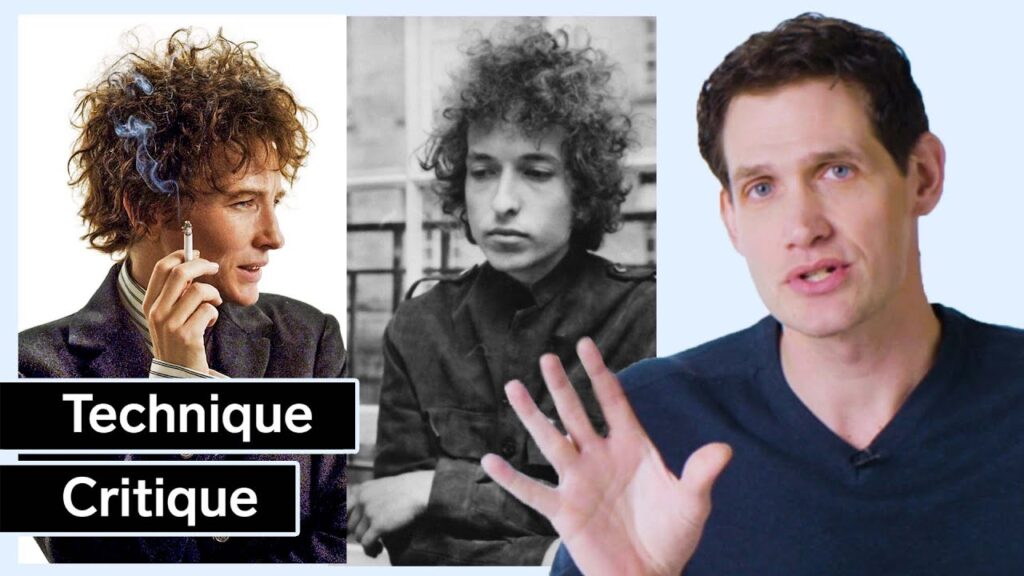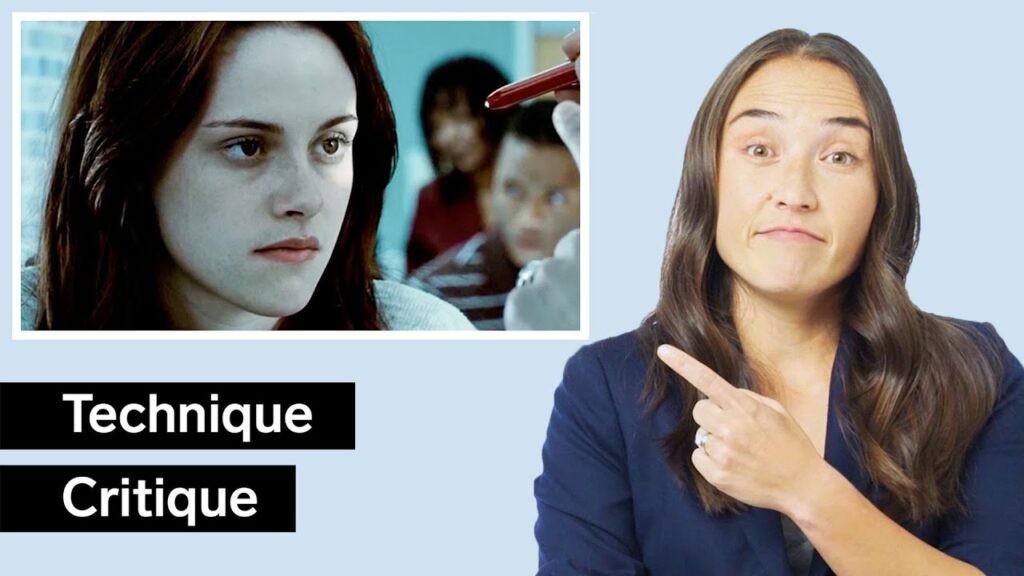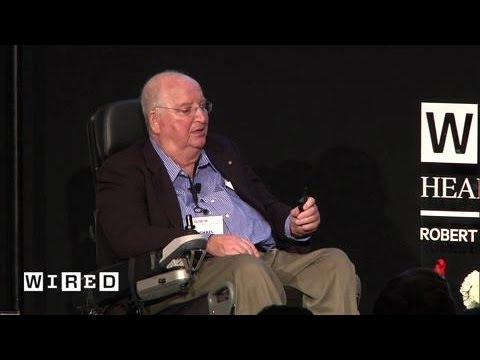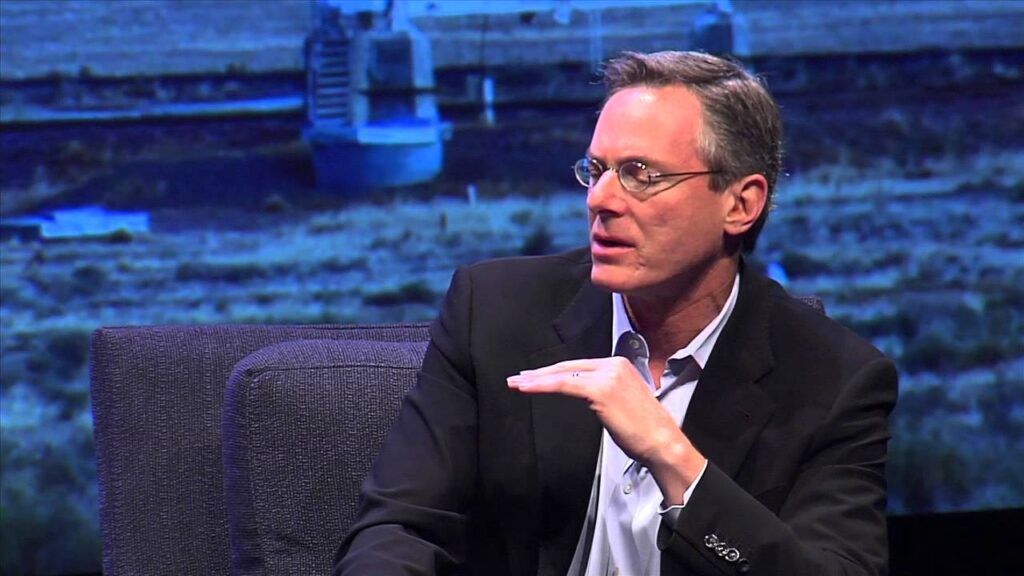Breaking Down Tatiana’s Major Sequence in Orphan Black: Behind the Scenes
Summary
In this article, we explore the making of one of the major sequences in Orphan Black, a popular television series known for its visual effects and the remarkable acting skills of Tatiana Maslany. We learn about the process of creating a scene, from writing to storyboarding and filming, and the challenges faced by the actors and the visual effects team. We also discover some interesting tricks used to enhance the scenes, such as adding digital knives and wine glasses in post-production.
Table of Contents
- Tatiana’s Acting Process
- Filming the Sequence
- Visual Effects Challenges
- Tricks and Techniques
- Conclusion
Tatiana’s Acting Process
Tatiana Maslany, who plays multiple roles in Orphan Black, works closely with her acting scene partner, Catherine Alexander, to produce the complicated sequences required by the show. The process starts with the writers writing a scene, which is then storyboarded, mainly from overhead. The director, DOP, and other standard crew members have a walkthrough to work out the details. Only after this do they bring in Tatiana and her acting double, Catherine, and any other actors in the scene. The actors then try to work out how to use the space inside the rough constraints set up as a framework. Then, they come back the next day and film it.
Filming the Sequence
When Tatiana switches between roles, the changeover time is limited by hair and makeup. Cosima to Helena takes the longest, about an hour and a half, while Sarah to Alison is down to just 20 minutes. However, the transition between Sarah and Rachel, although it may seem simple, actually took over an hour because of the various things happening in the sequence. The team always likes to shoot the entire sequence perfectly so the editor can cut and use any particular part they want, whatever the drama requires. Although in some cases, the editor requires even more and asks the team to go back, so a second unit goes back a couple of weeks later for pick-up shots.
Visual Effects Challenges
In this past season, the Intelligent Creatures team did two and a half times as many effect shots as they did back in season one, some 750 shots. But it’s actually the season two final, the so-called clone dance party, that wins the award for the most number of man-hours. It required 5000 man-hours, which is about a team of 12 people for a month for just two minutes of screen time. The sequence we are discussing here was hard because Rachel was crawling all over Sarah. They don’t use blue screen, so it all had to be rotoscoped. In addition to that, there are a whole lot of lights that they couldn’t move because matching lighting is incredibly important between the Sarah and Rachel takes. Whatever they set up, they had to stay with and then remove in post.
Tricks and Techniques
Rather than constantly adding blood to Sarah’s face, the team at Intelligent Creatures decided to have just three different levels of blood makeup. In post-production, they did a heal and reveal by using face tracking to animate the blood flow on her face. The knife in the leg was one of four different knives on set, either a real knife, a half knife, a rubber knife, etc. But in the end, all of those knives were replaced with a digital knife to give it real shot-to-shot consistency. Nearly all the chairs were glued to the floor in the dinner party finale from season three, and additional wine glasses were added in post to hide composite scenes.
Conclusion
Orphan Black is a remarkable television series that showcases the exceptional acting skills of Tatiana Maslany and the incredible visual effects created by the Intelligent Creatures team. The making of a scene involves a complex process that requires the collaboration of many talented individuals. Despite the challenges, the team manages to produce some of the most memorable and visually stunning sequences on television.







